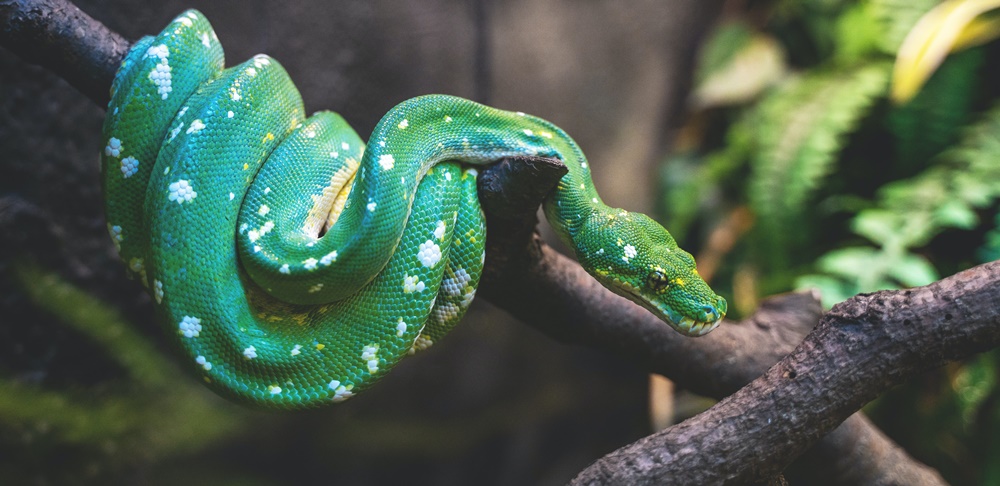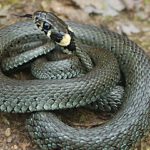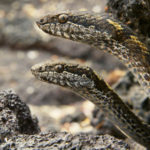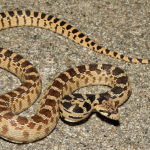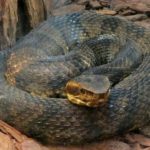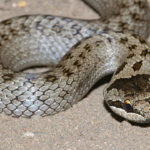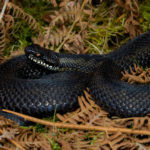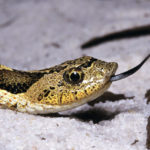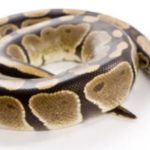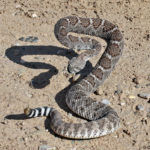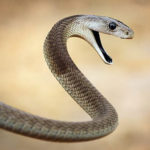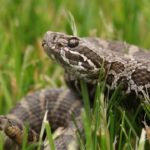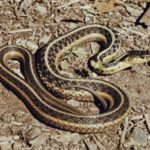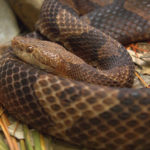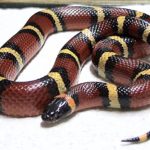Snake Facts: 30 Interesting and Fun Facts about Snake
We collected in one article 30 interesting and fun facts about snakes. The first of the snake facts: there are more than 2200 species of snakes in the world. Twenty percent of all snakes are poisonous.
- Snakes have no sense of hearing but they do pick up vibrations.
- Snakes are not intelligent – they lack the part of the brain that controls the ability to think and learn.
- All snakes have eyes that are lidless.
- Some snakes are born and some hatch from eggs.
- Snakes live in every part of the world, although there is much greater diversity in snakes in warm climates.
- No one knows for sure how long many snakes live, but some snakes in captivity have lived to be in the range of thirty years.
- The majority of human beings have an instinctive fear of snakes.
- Snakes control their body temperature by the heat from the sun.
- Snakes bite humans if they smell like food, they’re afraid, or they think you are a threat to them.
- One of the smallest of snakes, a ground snake is five inches long.
- A python is one of the largest snakes at 30 feet long and weighing 200 lbs.
- Snakes only eat when hungry so they can go from 5 days to 6 months between meals.
- One of the non-comforting snake facts is that snakes can have 200 teeth.
- Snakes do not chew but they do bite.
- Snakes can eat prey up to three times bigger than its mouth. This is because the snake’s mouth has tendons that stretch.
- Another one of the snake facts that is documented is that on a couple of occasions, a snake has eaten a tiger. Obviously, it was a very large snake.
- Some snakes are much more aggressive than others.
- Snakes move because of muscles that attach to their ribs. These muscles grab onto things on the surface they are crawling on. If you put a smooth surface, like glass, under a snake he would not be able to crawl.
- Arboreal snakes are snakes who can climb trees.
- There are both male and female snakes.
- Snakes have many of the same organs as humans–heart, kidneys, lungs.
- Snakes are not all that slow–traveling from 3-5 mph normally.
- Snakes carry salmonella bacteria in their feces.
- Many venomous snakes have diamond or triangular shaped heads.
- Not all rattlesnakes rattle.
- Small snakes live by eating insects.
- Large snakes eat small and large animals.
- Poisonous snakes fall into two categories – Elapids and Viperids.
- The Elapid category of poisonous snakes contains cobras, mambas, kraits, Australian Copperheads, coral snakes and sea snakes.
- The Viperid category of poisonous snakes includes vipers, rattlesnakes, copperheads, bushmasters and adders.
